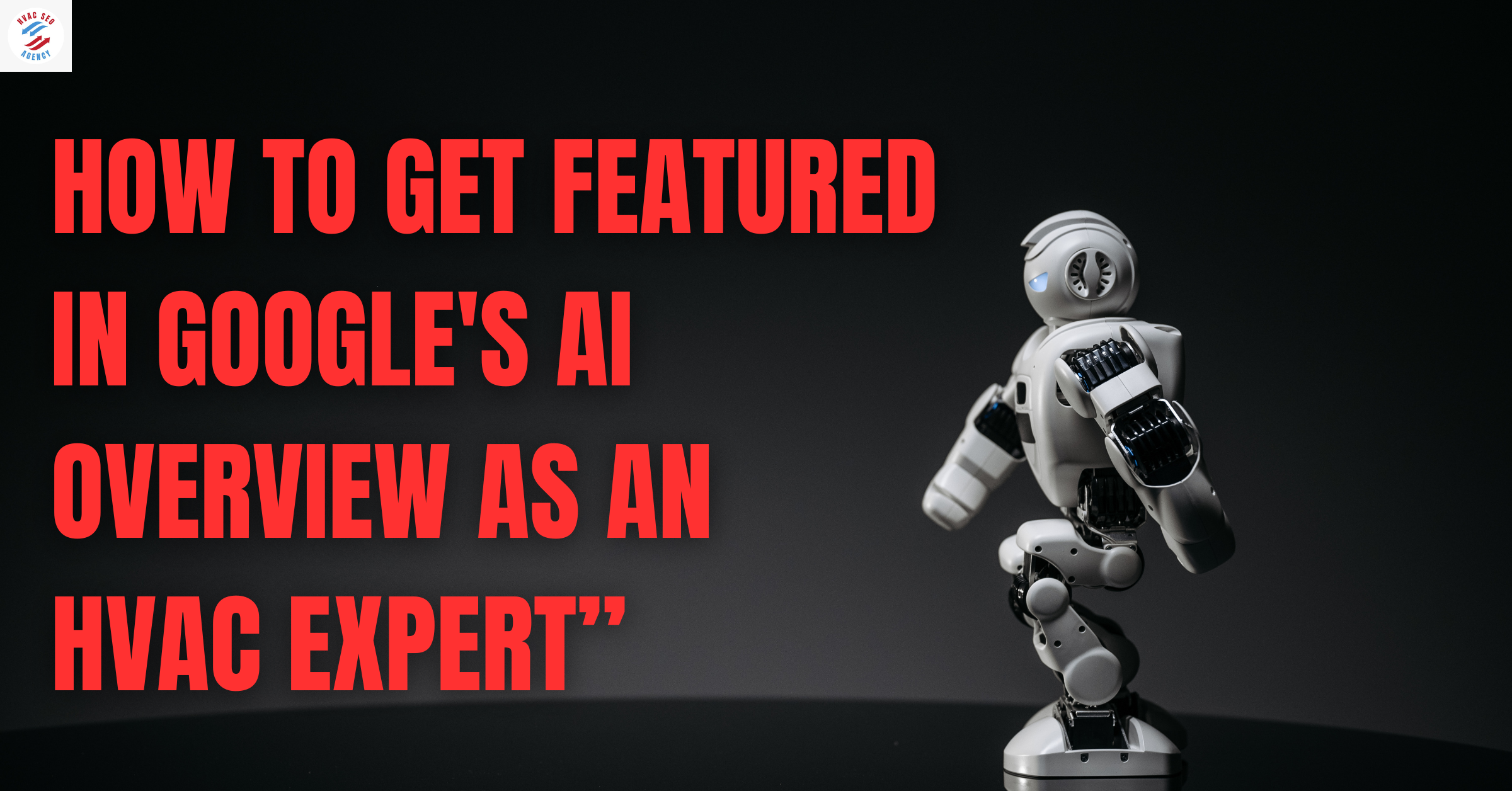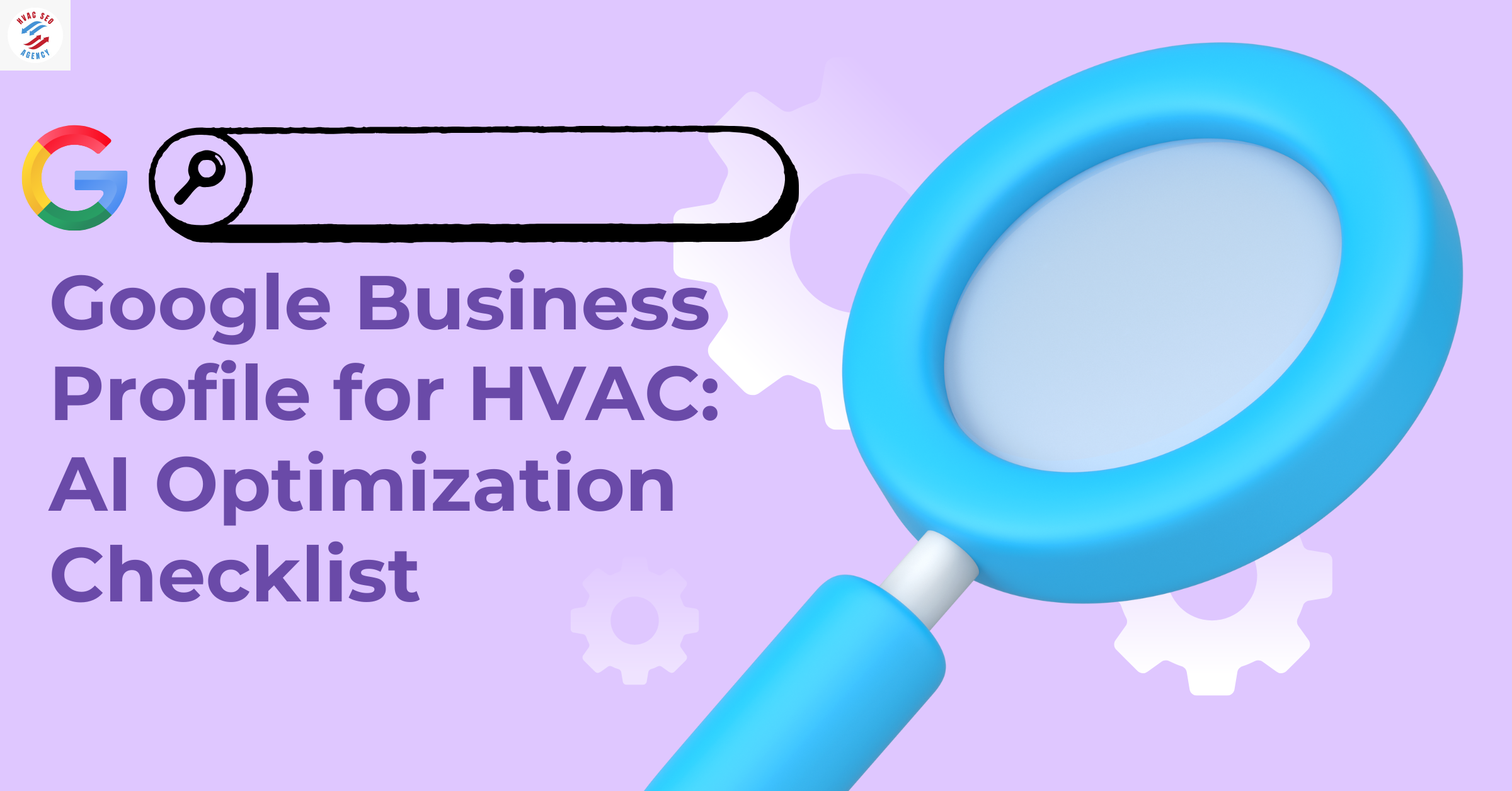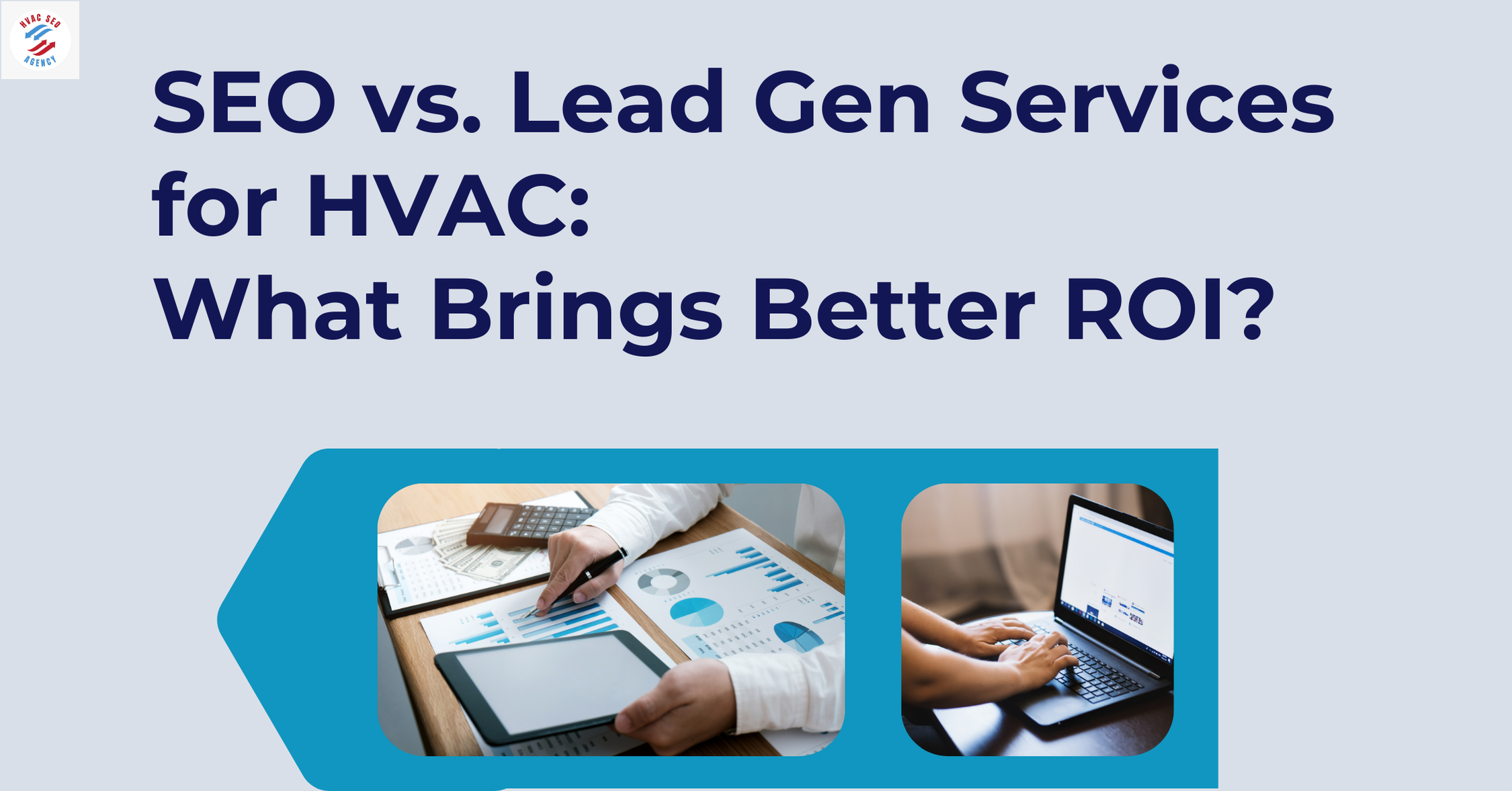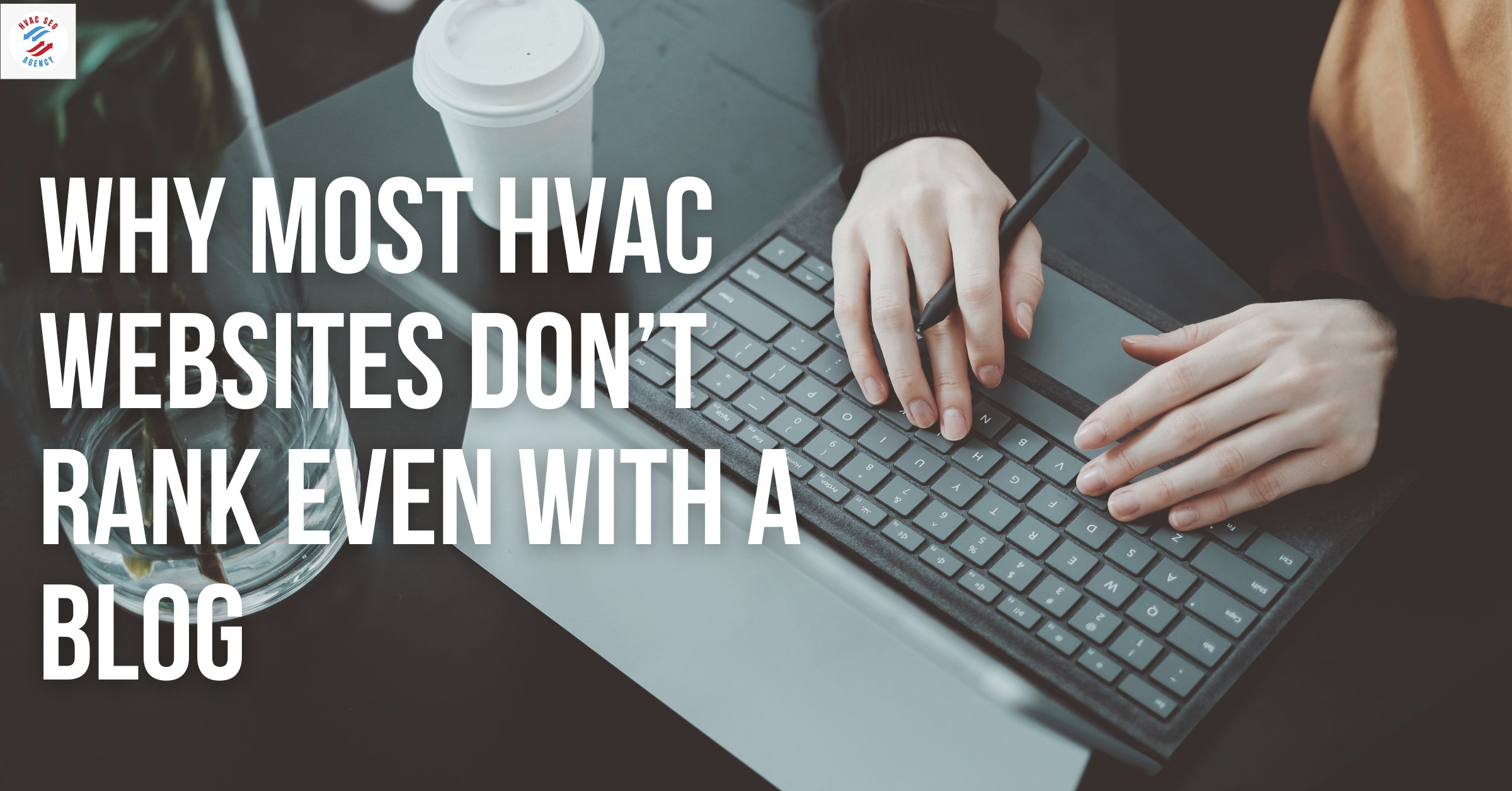Load Shedding in HVAC Systems: What It Is and How to Use It

What is HVAC Load Shedding?
HVAC load shedding is a power management strategy used to reduce energy consumption by strategically turning off or reducing the load of HVAC systems during peak demand periods. This process is essential in maintaining energy efficiency, reducing electricity costs, and preventing grid overloads. Many commercial buildings, industrial facilities, and even residential properties rely on load shedding to optimize energy use without compromising comfort.
To ensure businesses maximize energy savings while attracting more customers, partnering with the best HVAC SEO agency can help increase online visibility, generate leads, and improve brand credibility. By implementing SEO for HVAC companies, businesses can rank higher on Google, allowing them to reach more clients searching for energy-efficient HVAC solutions.
Why Load Shedding Matters in HVAC Systems?
In the U.S., HVAC systems account for approximately 40% of total energy consumption in commercial buildings. With rising energy costs and increasing pressure to reduce carbon footprints, power-saving HVAC solutions like load shedding play a crucial role in enhancing efficiency and lowering operational costs. The American Council for an Energy-Efficient Economy (ACEEE) states that smart energy management, including load shedding, can reduce HVAC energy consumption by up to 20%.
How Load Shedding Works in HVAC Systems
HVAC load shedding involves adjusting cooling and heating loads based on demand and available power. This is usually done using:
Automated Control Systems – Smart thermostats and Building Automation Systems (BAS) regulate HVAC operation.
Time-Based Load Shedding – Reducing HVAC power usage during peak hours.
Demand Response Programs – Collaboration with utilities to adjust loads during peak grid demand.
Zoning and Prioritization – Allocating energy to critical areas while reducing load in non-essential zones.
Benefits of Load Shedding in HVAC Systems
Lower energy costs – Reducing demand during peak hours leads to significant cost savings.
Extended equipment lifespan – Controlled operation minimizes HVAC wear and tear.
Reduced carbon footprint – Power-saving HVAC solutions contribute to sustainability.
Grid stability – Helps prevent blackouts and reduces electricity shortages.
The Growing Importance of Load Shedding in the USA
Due to increasing energy demands and the risk of power shortages, more businesses and homeowners in the U.S. are adopting HVAC load shedding strategies. According to the U.S. Energy Information Administration (EIA):
Peak electricity demand in the U.S. has grown by 13% over the last decade, leading to power grid stress.
Businesses implementing load shedding save up to 30% on peak energy costs annually.
Statistics on HVAC Energy Consumption and Load Shedding
Graph: Energy Savings Achieved Through Load Shedding
Load Shedding in HVAC Systems
What is Load Shedding in HVAC Systems?
HVAC load shedding is a demand-side energy management technique where heating, ventilation, and air conditioning systems reduce their power usage during peak energy demand periods. The goal is to lower electricity consumption without significantly impacting indoor comfort levels. This strategy helps businesses and residential buildings manage costs and contributes to grid stability.
How Load Shedding Works in HVAC Systems
There are multiple methods used to implement HVAC load shedding, including:
Automated Control Systems – Smart thermostats and Building Management Systems (BMS) adjust HVAC output based on real-time energy demand.
Time-Based Load Shedding – Reducing HVAC operation during peak hours when electricity rates are highest.
Demand Response Programs – Participating in utility-driven energy conservation initiatives that incentivize reduced power use.
Priority-Based Zoning – Adjusting HVAC usage in non-essential areas while maintaining comfort in high-priority zones.
Load Rotation Strategies – Cycling HVAC equipment on and off in a strategic pattern to prevent overloads.
Key Benefits of Load Shedding in HVAC Systems
Reduces energy costs – Businesses and homeowners can see a 10-30% reduction in their electricity bills.
Enhances grid reliability – Helps prevent widespread power outages by reducing peak demand.
Extends HVAC equipment lifespan – Reducing excessive load prevents overheating and mechanical wear.
Supports sustainability efforts – Decreasing power usage lowers carbon emissions and supports environmental initiatives.
Challenges and Considerations in Load Shedding
While HVAC load shedding is effective, it comes with potential drawbacks:
Occupant Comfort Concerns – Reducing HVAC power might lead to temperature fluctuations.
Equipment Compatibility Issues – Older HVAC systems may not support automated load-shedding features.
Initial Investment Costs – Installing smart thermostats, sensors, and automation systems requires upfront costs.
Statistics on HVAC Load Shedding Effectiveness
Graph: Cost Savings from Load Shedding
Implementing Load Shedding in HVAC Systems
Understanding the importance of training your HVAC team ensures improved service quality, higher efficiency, and better customer satisfaction, leading to increased business growth and trust.
Conducting HVAC pressure testing for leak prevention is essential for ensuring system efficiency, reducing energy waste, and preventing costly refrigerant leaks that can compromise performance.
How to Implement HVAC Load Shedding Successfully
Proper implementation of HVAC load shedding requires a strategic approach, advanced technology, and careful planning. Businesses and homeowners must analyze their energy consumption patterns and adopt the right tools to maximize efficiency and cost savings.
Step 1: Conduct an Energy Audit
Before implementing HVAC load shedding, it’s essential to assess the building’s energy usage. An energy audit helps identify:
Peak electricity consumption hours
High-energy-consuming HVAC equipment
Potential areas for load reduction without affecting comfort
Step 2: Identify Non-Critical Loads
Not all HVAC functions need to operate at full capacity 24/7. Facilities should prioritize which systems can be adjusted, such as:
Common areas and hallways (reduced cooling during off-peak hours)
Storage and less frequently used rooms (minimal temperature regulation)
Ventilation fans (operating at lower speeds when occupancy is low)
Step 3: Utilize Smart HVAC Controls
The best way to implement HVAC load shedding is through automated energy management systems. These systems help:
Adjust HVAC output dynamically based on energy demand
Integrate with smart thermostats and IoT sensors for real-time energy monitoring
Automatically reduce power consumption during peak demand hours
Step 4: Leverage Demand Response Programs
Many utility companies offer demand response programs, where businesses get incentives to reduce power consumption during high-demand periods. This helps:
Save on electricity bills
Support grid stability
Lower carbon emissions
According to the U.S. Energy Information Administration (EIA):
Businesses participating in demand response programs reduce peak HVAC costs by 30%.
The adoption of automated demand response in HVAC systems improves efficiency by 15-25%.
Step 5: Monitor and Optimize Performance
Load shedding is most effective when monitored continuously. Using Building Management Systems (BMS) allows facility managers to:
Track real-time HVAC energy consumption
Identify inefficiencies and make adjustments
Generate reports on energy savings and system performance
Statistics on HVAC Load Shedding Implementation
Graph: Energy Savings by Load Shedding Strategy
Power-Saving HVAC Strategies Beyond Load Shedding
While HVAC load shedding is an effective way to reduce energy costs, businesses and homeowners can implement additional power-saving HVAC strategies to maximize efficiency and lower utility bills.
Implementing the best HVAC solutions for clean air helps improve indoor air quality, reduce allergens, and create a healthier environment for both residential and commercial spaces.
1. Upgrade to Energy-Efficient HVAC Equipment
Investing in high-efficiency HVAC units significantly reduces energy consumption. The U.S. Department of Energy (DOE) states that:
Upgrading to an ENERGY STAR-certified HVAC system can reduce energy use by 20-30%.
Variable speed compressors in air conditioners can save 15-20% more energy than traditional single-speed systems.
Heat pumps are 300% more efficient than conventional electric heating systems.
Table: Energy Savings from High-Efficiency HVAC Equipment
Proper system design and optimization improve energy efficiency. Some key considerations include:
Right-Sizing HVAC Units – Avoiding oversized systems that waste energy.
Duct Sealing and Insulation – Preventing energy losses of up to 30% in ductwork leaks.
Demand-Controlled Ventilation (DCV) – Adjusting airflow based on real-time occupancy.
3. Implement Smart HVAC Controls and Automation
Advanced automation and smart controls help optimize HVAC operation by:
Using occupancy sensors to adjust temperatures when rooms are vacant.
Employing AI-driven thermostats that learn user habits and optimize energy usage.
Enabling remote HVAC control via mobile apps and cloud-based platforms.
Real-World Impact of Smart HVAC Controls
According to the American Council for an Energy-Efficient Economy (ACEEE):
Smart thermostats cut heating and cooling costs by 10-15%.
AI-driven HVAC automation reduces energy consumption by up to 25%.
4. Prioritize Regular HVAC Maintenance and Tune-Ups
Regular HVAC maintenance prevents energy waste and extends the lifespan of equipment.
Changing air filters every 1-3 months reduces energy use by 5-10%.
Cleaning condenser coils improves efficiency by 15%.
Checking refrigerant levels prevents unnecessary compressor strain.
Graph: Impact of HVAC Maintenance on Energy Efficiency
The Role of HVAC SEO Services in Business Growth
Why HVAC Companies Need SEO to Attract More Customers
In today’s digital world, SEO for HVAC Companies in Chicago is essential for attracting local customers, generating leads, and increasing revenue. With more homeowners and businesses searching for HVAC services online, companies that invest in HVAC SEO services in Columbus gain a competitive advantage.
How SEO Impacts Lead Generation for HVAC Businesses
Higher Google Rankings: The top 3 search results on Google receive 75% of all clicks.
More Leads & Calls: 76% of people who search for local businesses visit within 24 hours.
Improved Online Visibility: HVAC companies with optimized websites get 5x more inquiries than those without.
Key HVAC SEO Strategies for Lead Generation
Implementing easy ways to improve your HVAC website SEO can help your business rank higher on Google, attract more local customers, and increase lead generation effortlessly.
Local SEO Optimization:
Optimizing Google Business Profile (GBP) listings
Targeting city-specific keywords like “best HVAC company in [City]”
Content Marketing for HVAC Companies:
Creating blogs on power-saving HVAC strategies
Publishing HVAC maintenance guides and energy-saving tips
Technical SEO Improvements:
Fast website loading speeds (Google prioritizes fast sites)
Mobile-friendly design for better rankings
Backlink Building & Online Authority:
Getting listed on industry directories like Angi, HomeAdvisor, and Yelp
Partnering with local contractors for cross-promotion
Statistics on the Impact of SEO for HVAC Businesses
Case Study: SEO Growth for an HVAC Company in City
A local HVAC business implemented SEO for HVAC companies in Kansas City and achieved:
70% increase in website traffic within 6 months
50% more inbound calls and service requests
35% increase in revenue from organic search leads
Graph: Increase in Website Traffic After HVAC SEO Implementation
6. FAQs:
HVAC Load Shedding FAQs
1: What is HVAC load shedding, and why is it important?
HVAC load shedding is a power management strategy that reduces HVAC energy use during peak demand periods. It helps lower electricity costs, prevent grid overloads, and improve system efficiency.
2: How does load shedding in HVAC systems reduce energy costs?
By selectively turning off or reducing the power consumption of HVAC systems, businesses and homeowners can lower peak-hour electricity rates, which are often the most expensive.
3: Does load shedding affect indoor air quality?
When properly managed, load shedding does not negatively impact indoor air quality. Advanced HVAC automation systems ensure that ventilation remains adequate while reducing energy consumption.
4: What are the best HVAC load shedding strategies for commercial buildings?
Time-based load shedding (reducing HVAC operation during peak hours)
Demand response participation (incentives from utility companies for reducing usage)
Priority-based zoning (lowering HVAC output in non-essential areas)
Smart automation (using AI-based HVAC controls to optimize power usage)
5: How much energy can be saved through load shedding?
According to ENERGY STAR, businesses implementing HVAC load shedding can reduce energy costs by 10-30% and improve efficiency.
6: What role does automation play in HVAC load shedding?
Smart automation systems optimize HVAC energy use by adjusting temperature settings dynamically, integrating with smart thermostats, and predicting demand fluctuations. This helps in achieving greater efficiency without manual intervention.
7: How can SEO help an HVAC business get more customers?
SEO for HVAC companies in [City] helps businesses rank higher on Google, making it easier for customers to find them online. This leads to more website visits, increased calls, and higher lead generation.
8: How long does it take to see results from HVAC SEO strategies?
SEO is a long-term strategy, and results typically start showing within 3-6 months. However, businesses that invest consistently in SEO can see a 50-70% increase in leads over time.
9: What are the top HVAC SEO services in City?
Local SEO optimization (Google Business Profile, local directories)
Content marketing (blogs on HVAC tips, power-saving HVAC strategies)
Website speed optimization (faster sites rank higher)
Backlink building (getting HVAC-related mentions on high-authority sites)
10: Can an HVAC company handle SEO in-house, or should they hire an HVAC SEO agency?
While some HVAC companies try to manage SEO internally, hiring an HVAC SEO agency in [City] ensures expert strategies, better rankings, and more leads. Agencies have access to advanced tools and proven methods that maximize success.
Conclusion:
In today’s energy-conscious world, HVAC load shedding has emerged as a powerful tool for reducing electricity consumption, lowering costs, and improving grid stability. As businesses and homeowners seek smarter, more efficient HVAC solutions, load shedding offers a practical approach to balancing comfort, cost, and sustainability.
Understanding the top lead sources for HVAC contractors is essential for businesses looking to generate consistent, high-quality leads and increase revenue through targeted marketing strategies.
By implementing automated load shedding, demand response programs, and AI-driven HVAC controls, organizations can:
Cut energy costs by 10-30%
Reduce peak electricity demand
Improve HVAC system longevity and performance
Contribute to a more sustainable energy future
However, load shedding alone is not enough. To maximize efficiency, businesses should also adopt other power-saving HVAC strategies, such as upgrading to high-efficiency systems, optimizing ventilation, and maintaining regular HVAC servicing. These combined efforts ensure long-term energy savings and operational efficiency.
The Role of SEO in HVAC Business Growth
Beyond efficiency, digital visibility is crucial for HVAC companies to attract new customers and grow their businesses. In an era where 97% of consumers search online for local services, SEO for HVAC Companies in [City] is the key to standing out in a competitive market.
By investing in HVAC SEO services in [City], businesses can:
Increase website traffic and online inquiries
Generate high-quality leads through local search rankings
Improve brand authority and customer trust
Achieve long-term revenue growth






